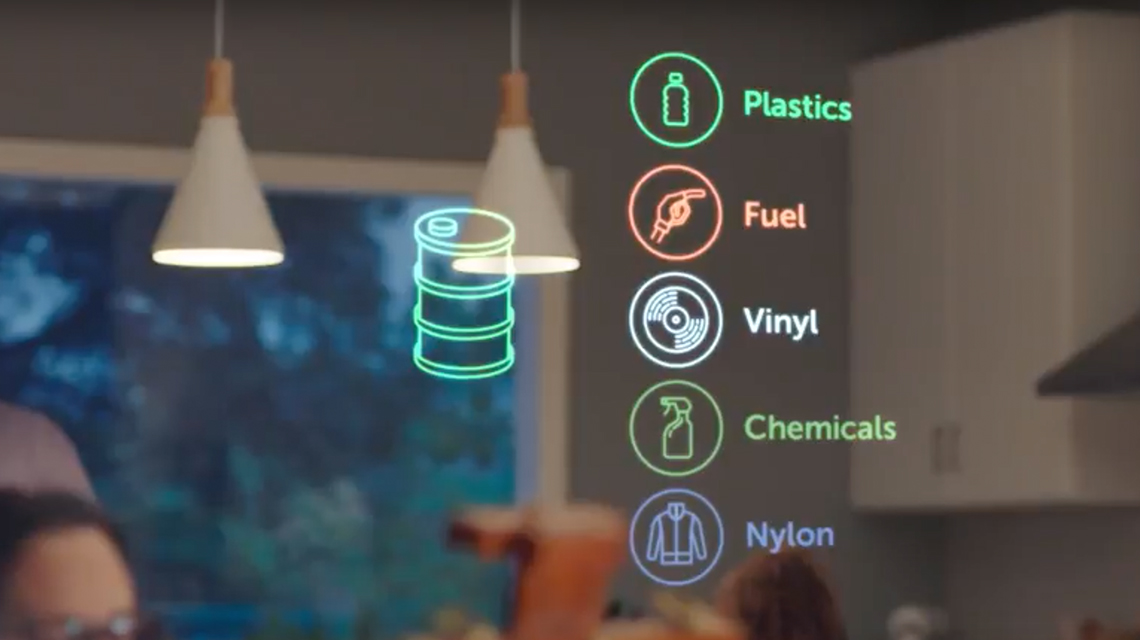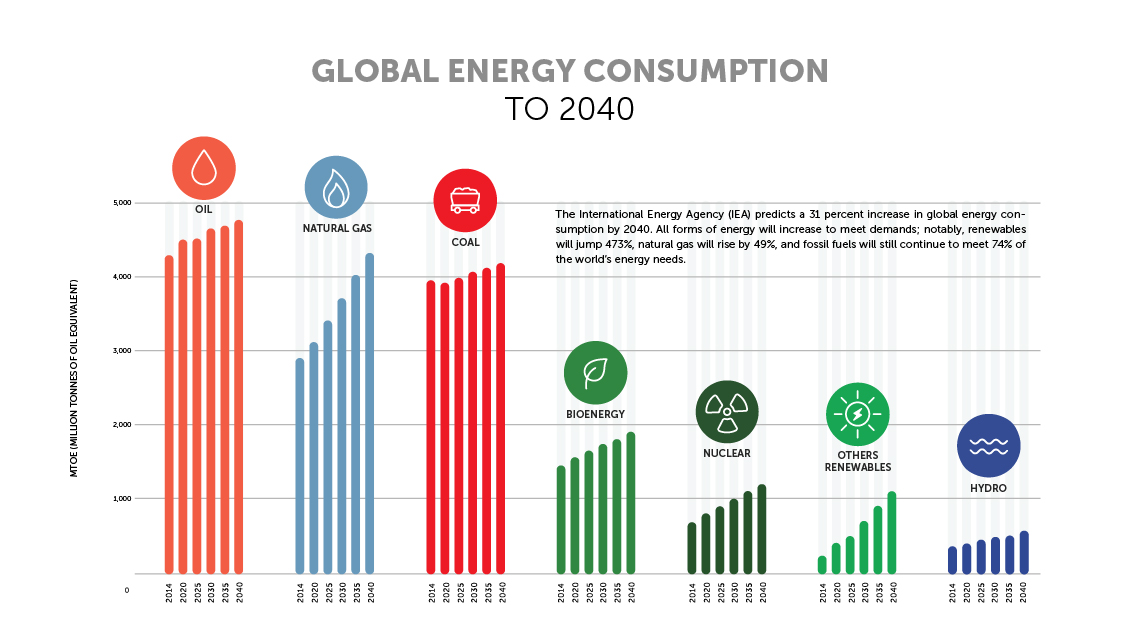Apr 27, 2017
North America's Energy Mix: The Big Picture
When you turn on the lights, board a plane or cook a meal, do you ever wonder where that energy comes from or how it was delivered? The answer is: from a wide variety of places and sources. The technical term “energy mix” is the range of energy sources in a region. In North America today, these include oil, natural gas, coal, nuclear and renewables, such as hydro, solar and wind.
Depending on geographic and economic factors, the neighbourhood, town, city, province, state or country you live in will have its own unique mix, which can include oil shipped from overseas and refined to fill your gas tank, or high-efficiency natural gas-fired power plants to help you screen family movie night. Your local energy mix is always there, working behind the scenes to ensure you have the energy you need to accomplish the daily tasks ahead of you.
To help explain, let’s review our energy use today — and how it might look in the future. For starters, here’s a breakdown of the electricity we need to power our lives in North America:
- Natural Gas 31%
- Coal 29%
- Nuclear 18%
- Hydro 13%
- Wind 4%
- Oil 2%
- Solar 1%
- Other renewable 2%1
Here are the sources we use for heating our homes:
- Natural Gas 50%
- Electricity 39%
- Oil 5%
- Other 6%2
And here’s a look at the energy that fuels transportation:
- Oil (gasoline, diesel and jet fuel) 89%,
- Biofuels 5%,
- Natural gas 3%,
- Electricity &
- Other 3%3
As demand for energy grows, so does the need for fossil fuels. The International Energy Agency predicts a 31% increase in global energy consumption by 2040, with the use of renewables jumping by 473% in that time! But that being said, fossil fuels will still continue to meet 74% of the world’s energy needs.
So, why is it important to have such a diverse mix of energy? In simple terms, like any investment, it’s never a good idea to put “all your eggs in one basket.” Maintaining a broad mix of sources helps ensure there’s always a dependable fuel source available. We all need to understand that today, renewables are not ready or capable of satisfying all our energy needs. As our population grows in the decades to come, this will become even more important.
--
SOURCES
1 https://www.eia.gov/tools/faqs/faq.php?id=427&t=3
2 http://www.statcan.gc.ca/pub/11-526-s/2013002/t002-eng.htm
3 https://www.eia.gov/energyexplained/?page=us_energy_transportation



